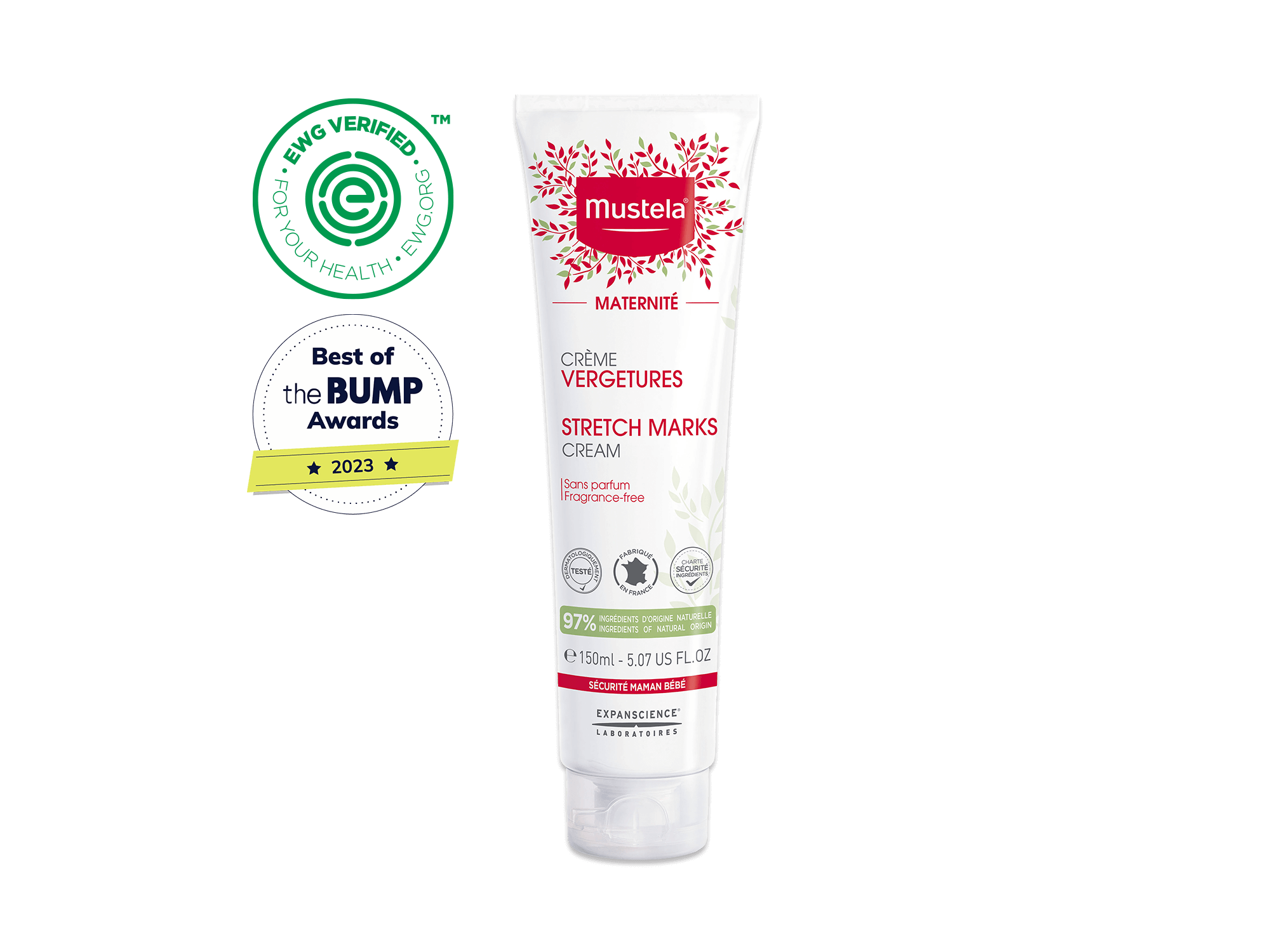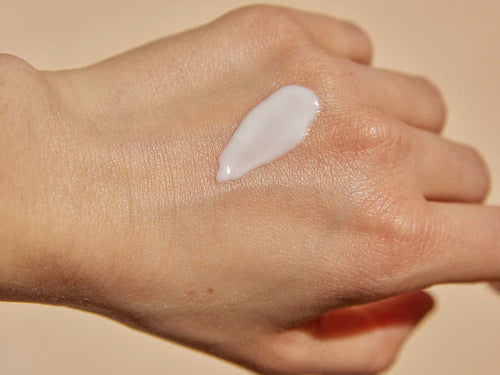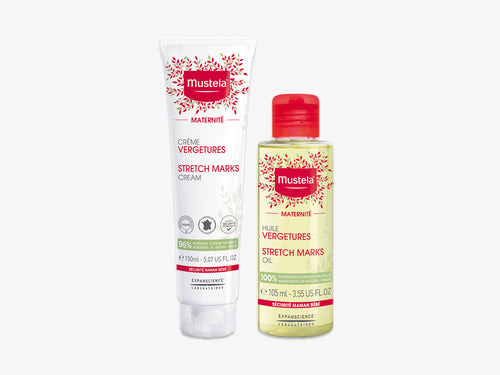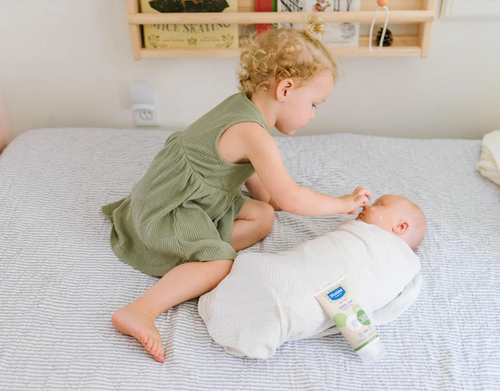Breastfeeding is a beautiful journey that brings you closer to your little ones while providing the nutrients they need. But when you’re breastfeeding twins, it can be a bit more challenging — especially when you’re just starting.
Below, you’ll find helpful tips and sample schedules for breastfeeding twins to help you confidently feed both babies.
Table Of Contents
Tips For Breastfeeding Twins

Breastfeeding two babies at once can feel a bit daunting, but following these tips can help make the experience more enjoyable.
Prepare For Nursing Sessions Beforehand
You’ll save time and stress by preparing for nursing sessions beforehand. Take time to gather everything you need and store it nearby.
You’ll want to have:
- A burp cloth
- Healthy, shelf-stable snacks for you, such as nuts, dried fruits, lactation cookies, and protein bars
- A nursing pillow
- Bottled water
- Nipple cream
- Extra diapers and wipes
The goal is to have things within arm’s reach so you don’t have to interrupt the nursing session to fetch something you need.
Use Colored Paper Clips To Track Your Starting Side
Alternating which breast you offer first for each feeding is essential. It helps ensure that your babies get an equal amount of hind and fore milk while also helping prevent clogged ducts.
But trying to remember which side you started with can be tricky. Especially when you’re attempting to track this information for two babies!
To help, select two different colored paper clips, one for each baby. Then, simply slide the paper clip onto your bra strap on the side you started with. When the next feeding comes around, look at the clips to see which side you should offer first.
Your tired brain will thank you.
Experiment With Tandem Nursing

Tandem nursing is when you breastfeed both twins simultaneously. It’s a great way to save time and help your babies get into a synced schedule.
At first, tandem nursing can be a bit of a challenge. But with practice, you’ll soon be a pro at feeding two babies at once.
However, tandem nursing isn’t the only way to breastfeed twins. So if you’re struggling, there’s nothing wrong with feeding them one at a time.
Pay Attention To Latch
When you’ve got two eager mouths waiting to nurse, the latch is paramount. If they aren't latching right, you may experience burning, pinching, or itching sensations. You may even experience nipple cracks.
To minimize the pain, check their latch at every single nursing session. Make sure they have most of the areola in their mouth and aren’t just sucking on your nipple.
If you or your babies are having difficulty latching, a lactation counselor can help. Contact your doctor to see if they can recommend one for you to visit.
Care For Your Nipples
Even if your babies latch perfectly each time, nursing still takes a toll on your nipples. From the very beginning of your nursing journey, make caring for them a priority.
Use these steps to soothe your nipples and keep them soft:
- Use Organic Nursing Comfort Balm regularly to stay moisturized
- Pick gentle cleansers, like our Shampoo & Body Cleansing Bar, to wash your breasts
- Use soft towels to pat them dry instead of rubbing them
- Smooth a few drops of breastmilk over each nipple after nursing to create a protective barrier
- Apply a heating pad to help reduce discomfort
- Change out wet nursing pads as soon as possible
By doing these things, you can help reduce nipple pain while nursing.
Try Different Positions
One of the best things about breastfeeding twins is that there’s no “right way” to do it. You can experiment with different positions until you find what works for you and your babies.
Here are some popular ways to hold your little ones:
- Football: Tuck each baby under one arm, like a football, and help them latch. You might want to use a nursing pillow to help support them.
- Cradle: Hold each baby close to your chest. Your babies might overlap a bit in this position, so make sure everyone is comfortable.
- Football/Cradle: Nurse with one baby in the football hold and the other in the cradle position.
- Laid-back: Have your babies lie on your tummy as you’re lying down.
At first, you might need your partner to assist you in positioning each baby. But as you gain experience, it’ll feel more natural and you may be able to handle it independently.
Learn Your Babies’ Hunger Cues

Your twins can’t yet talk, but that doesn’t mean they aren’t communicating. They’re just using subtle signs, instead of words, to let you know what they need.
If you don’t pick up on these cues, they’ll quickly move into their most effective mode of communication: crying. To help minimize the tears, spend lots of time with your little ones to learn their hunger signs.
When you babies are ready to nurse, they might:
- Smack their lips
- Make sucking noises
- Root (turn their head in search of a breast)
- Stretch or arch their back
It’s important to feed your babies when they’re hungry. This establishes your milk supply and gives them the nourishment they need for healthy development.
Implement A Dream Feed
With twins in the house, you’re probably not getting much sleep. Try implementing a dream feed to help stretch the amount of time you can spend in bed.
Dream feeding is when you wake them up for a quick breastfeeding session before you go to bed and then put them right back to sleep.
They may not eat as much during a dream feed as they would at a different time of day, but they may get enough to sleep a bit longer.
Take Care Of You
Taking care of twins is exhausting. If you aren’t careful, you can wind up burned out and overwhelmed. To prevent that, make caring for yourself a priority.
Rest while your twins sleep, and get as much sleep as you can during the night. You’ll also want to eat regular meals, drink plenty of water, and use a simple skincare routine.
Don't be afraid to accept offers of help from your friends and family, too. Let them do the dishes, go shopping, and prepare meals while you find a new normal.
Sample Schedule For Breastfeeding Twins

At some point, you may feel like you’re breastfeeding your twins all day long. That’s a good sign that it might be time to implement a basic feeding schedule.
Here’s what that might look like once your babies are about three months old:
6:00 am: Wake up and feed
7:30 am: Nap
9:00 am: Wake up and feed
11:00 am: Nap
12:30 pm: Wake up and feed
1:45 pm: Nap
3:45 pm: Wake up and feed
5:30 pm: Short nap
7:15 pm: Bedtime routine and feed
8:00 pm: Bed
11:00 pm: Dream feed
Of course, your babies may also want to nurse again in the middle of the night.
Try For An Eat, Wake, Sleep Routine
While you may need to adjust the times in the schedule above to make it work for your family, there’s a vital pattern to the order that you should try to keep.
The goal is to create a simple eat, wake, sleep routine where your twins associate eating with being awake. This also helps prevent them from getting into the habit of being nursed to sleep.
Tip: As you create a nursing schedule for your twins, keep their wake windows in mind so they don’t get overtired and have difficulty falling asleep.
Breastfeed Your Twins When They’re Hungry
Of course, no matter how long it's been since the last feeding, offer your babies a breast if they’re showing signs of hunger.
Your schedule isn’t meant to dictate your feeding sessions but, instead, to help you and your babies find a rhythm that works for the whole family. So, tweak it as needed and trust your instincts. You know your babies best!
Double The Feedings, Double The Love

Breastfeeding twins can be an exhausting job, but it’s also incredibly rewarding. Enjoy this special opportunity to bond with your babies and provide them with the nutrition they need to grow and thrive.
As you do, take care of your nipples with our Organic Nursing Comfort Balm. Apply it regularly to moisturize and protect the area.
And remember, this season of life won’t last forever. So savor the moments as much as you can. Happy feeding!


















